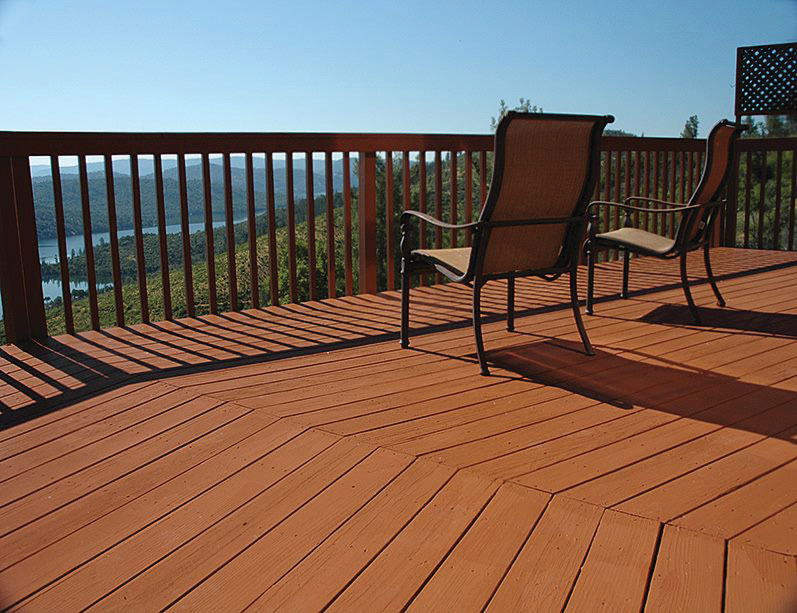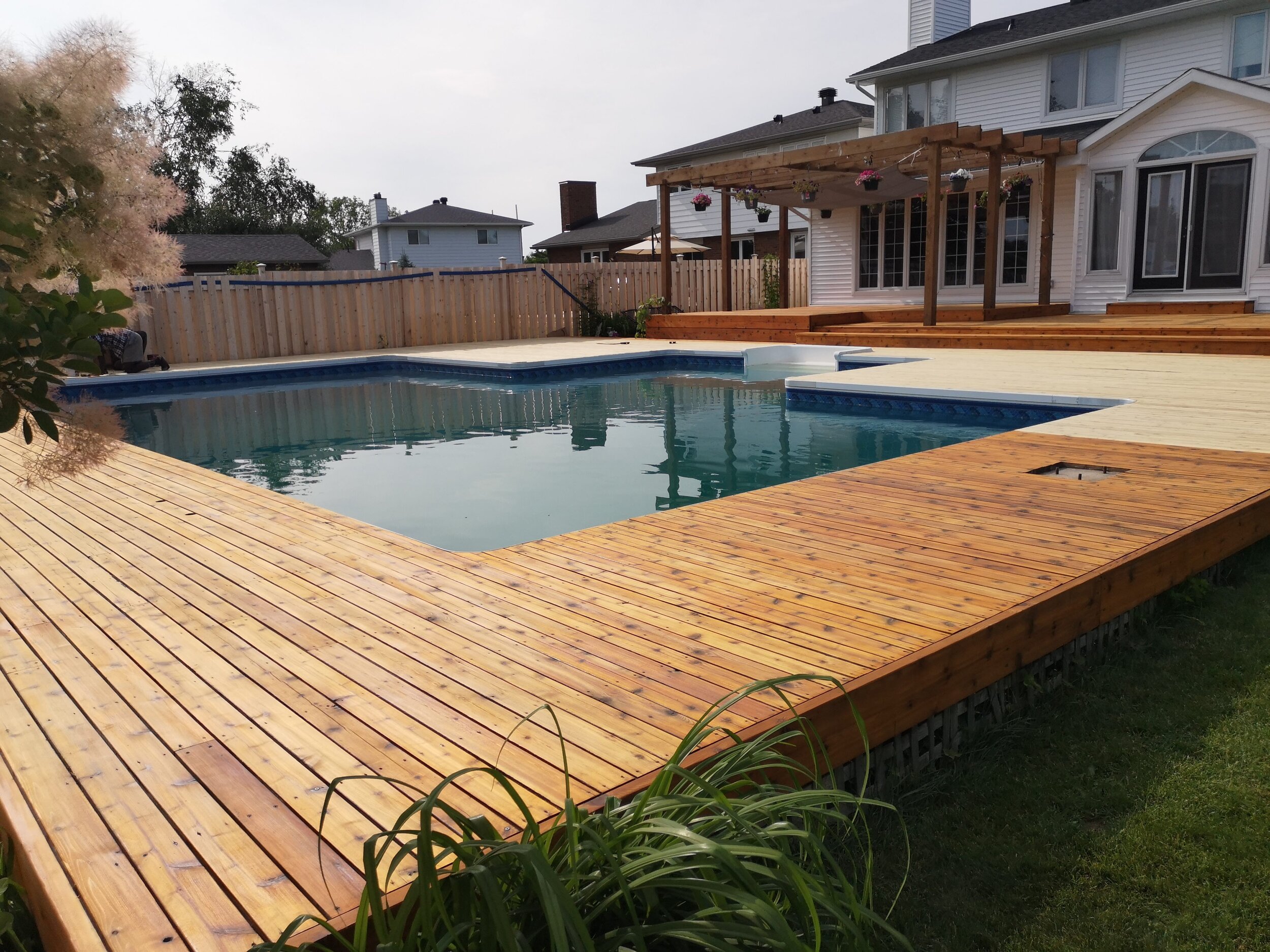Picking the Right Discoloration for Your Fencing: Tips and Considerations
When it comes to keeping and boosting the appearance of your fencing, picking the appropriate discolor is crucial. We will check out the different types of fence spots, aspects to take into consideration prior to picking a tarnish, tips for preparing your fence for staining, and the differences in between water-based and oil-based discolorations. Additionally, we will dive into choosing the appropriate stain shade to match your fence and enhance your outside area.
Recognizing Various Kinds of Fence Discolorations

On the other hand, water-based discolorations are made from acrylic or latex and provide a more refined color to the wood. Water-based spots are less complicated to cleanse up and have a quicker drying time contrasted to oil-based stains.
Choosing in between water-based and oil-based spots depends on numerous aspects, including personal choice, the wanted appearance, and the level of upkeep required. Oil-based spots are suggested for fence high-traffic areas or those regularly subjected to extreme climate condition. fence staining. Water-based spots, on the other hand, are a preferred selection for fencings in property areas where appearance and ease of use are very important
Understanding the differences between oil-based and water-based spots assists home owners make an educated choice when selecting the ideal tarnish for their fencing. Considering the details demands of the fencing, such as its place, exposure to sunshine, and wanted visual, will certainly make certain that the picked stain provides long-lasting defense and boosts the general charm of the fencing.
Factors to Consider Prior To Picking a Stain

Different kinds of timber soak up discolorations differently, resulting in differing levels of color strength and toughness. In addition, specific timbers may be a lot more vulnerable to issues like rot or insect problem, which might affect the option of stain to protect the fence and shield.
The environment and climate condition in your location need to additionally be taken right into account. If you live in an area with extreme wintertimes or high moisture, you might require a stain that provides extra protection against moisture and UV rays. If your fencing is revealed to route sunshine for lengthy durations, a tarnish with UV preventions can assist avoid fading and discoloration.
Lastly, it is very important to consider your desired visual. Various spots provide various shades and surfaces, permitting you to tailor the look of your fencing (deck staining). Think about the general design and style of your home, in addition to any neighborhood regulations or homeowner organization guidelines that may determine the acceptable tarnish colors
Tips for Preparing Your Fencing for Staining
To prepare your fence for staining, start by thoroughly cleaning the surface area using a light detergent and a stress washing machine or scrub brush. Cleaning the fencing is an essential action as it eliminates dust, gunk, and any previous coatings that may disrupt the staining process. Begin by moistening the fence with water and after that apply a light detergent making use of a scrub brush or a pressure washer with a low-pressure setup. Scrub the surface delicately, paying additional attention to areas with persistent stains or mold. Rinse the fence extensively with clean water to eliminate all traces of cleaning agent.
This action is crucial as staining a moist or wet surface area can lead to poor adhesion and an uneven finish. Ensure that the fencing is totally dry prior to continuing with the discoloration process.
Before staining, inspect the fencing for any kind of damages, such as loosened boards or nails. This product aids to open up the timber pores, enabling the stain to permeate more properly and equally.

Contrasting Oil-Based and Water-Based Discolorations
When selecting a discolor for your fencing, it is essential to compare the characteristics and benefits of oil-based and water-based discolorations. Both sorts of stains have their own benefits and considerations, so it is critical to understand the distinctions in between them.
Oil-based spots are known for their longevity and resistance to tear and wear. Furthermore, oil-based stains have a tendency to last longer than water-based discolorations, making them a popular choice for fences.
On the various other hand, water-based discolorations are extra eco friendly and less complicated to clean up. They might not provide the exact same degree of security as oil-based spots, specifically in harsh weather problems.
Ultimately, the choice in between water-based and oil-based spots depends upon your certain demands and choices. When making your decision, take into consideration factors such as resilience, ecological effect, and convenience of application. Consulting with a professional or seeking referrals from specialists can additionally aid guarantee that you pick the right tarnish for your fence.
Selecting the Right Discoloration Color for Your Fence
The selection of a proper tarnish color for your fencing is an important element of enhancing its aesthetic charm and complementing the general style of your outside area (fence cleaning). The ideal stain shade can transform a plain, normal fence into a striking focal point that adds deepness and character to your residential property
When choosing a discolor color for your fence, it is very important to consider the style and architecture of your home. Natural tones such as browns and neutrals can create a warm and inviting look if you have a traditional or timeless style home. On the various other hand, if you have a modern or modern home, you might consider deciding for strong and dynamic colors that make a declaration.
One more element to take into consideration is the natural surroundings of your residential or commercial property. If you have a great deal of greenery, a discolor color that matches the natural landscape, such as environment-friendlies or crimsons, can create a unified and cohesive look.
In addition, it's worth thinking about the upkeep required for different stain shades. Lighter colors have a tendency to reveal dust and wear even more easily, while darker shades can conceal blemishes and need much less constant touch-ups.
Ultimately, the option of discolor shade for your fencing ought to mirror your individual design and choices - fence cleaning. Make the effort to explore different options and consult with specialists if needed, to make sure that you choose the ideal tarnish shade that enhances the beauty and appeal of your fence
Conclusion
Finally, when it pertains to picking the appropriate tarnish for your fencing, it is important to understand the various kinds of spots offered and think about elements such as toughness and desired appearance. Preparing the fencing correctly before staining is essential for attaining ideal results. In addition, comparing oil-based and water-based discolorations can assist determine the very best choice for your specific requirements. Picking the ideal stain shade can enhance the general aesthetics of your fence.
We will certainly check out the different kinds of fencing discolorations, aspects to think about before selecting a discolor, suggestions for preparing your fencing for staining, and the distinctions in between oil-based and water-based spots.Separating between oil-based and water-based discolorations is critical when comprehending different types of fencing discolorations. Water-based stains are less complicated to clean up and have a quicker drying out time compared to oil-based stains. Additionally, oil-based spots often tend to last longer than water-based stains, making them a popular choice for fencings.
In verdict, when it comes to choosing the appropriate stain for your fence, it is important to understand the linked here various kinds of discolorations offered and consider elements such as sturdiness and desired appearance.